By Patrick Worden
By 1945, the German Luftwaffe’s fighter wing had at its disposal jet fighters, rocket planes, and some of the most advanced, and most feared, piston-engine craft in the world. Lieutenant General Adolf Galland was the driving force behind these advances. He built the most effective fighter force known, and he did it not because of men like Hitler and Goering, but in spite of them. In a meteoric career, he became the youngest general officer in the war, a highly decorated ace, and commander of the world’s first operational jet fighter squadron. All the while he kept himself free of the stigma and controversy that surrounded many Reichswehr officers, becoming one of the most respected fighter pilots in the world.
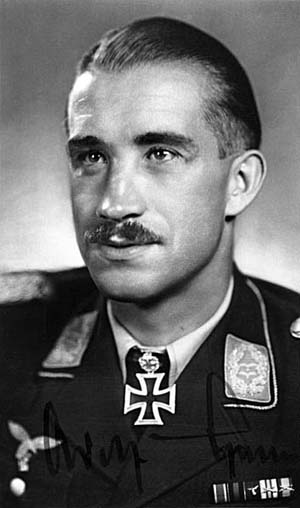 Adolf Galland was born March 19, 1912, in Westerholt, Westphalia, on the sprawling country estate of Count von Westerholt. The Gallands had served since the mid-18th century as bail liffs for the von Westerholts and the elder Galland, also called Adolf, carried on this tradition. He was a gruff and serious estate manager, an avid outdoorsman, who ruled his family with the same unquestioned authority with which he ruled the land.
Adolf Galland was born March 19, 1912, in Westerholt, Westphalia, on the sprawling country estate of Count von Westerholt. The Gallands had served since the mid-18th century as bail liffs for the von Westerholts and the elder Galland, also called Adolf, carried on this tradition. He was a gruff and serious estate manager, an avid outdoorsman, who ruled his family with the same unquestioned authority with which he ruled the land.
Powerful Enthusiasm
Young Adolf first became interested in aviation during and after the Great War. Despite Germany’s capitulation, the exploits of such fighter aces as Richthofen, Immelmann, Udet, and even Goering were given wide circulation. Galland was hooked. He joined a local sail planing club, and began spending his weekends soaring above the Borkenberge heath on the Westerholt estate. An uninspired student, he applied himself to his classes just enough to convince Papa Galland to indulge his passion. The father was incredulous at first, wondering if perhaps this was just a passing fancy. In time, though, Galland’s sheer enthusiasm for flight won his father over, and he came to endorse his son’s chosen vocation wholeheartedly. Adolf Galland then set out to become a pilot.
In 1932, Adolf was one of four thousand applicants to the newly formed Commercial Flying School, or DVS (Deutsche Verkehrsfliegerschule). There were 20 openings. The DVS was subsidized by the nationalized airline, Deutsche Luft Hansa.
Adolf was worried. His lackluster academic performance of previous years, he was sure, would decide his case against him. However, his nascent aeronautic abilities were recognized, and he was taken on as a flying cadet.
The future General of Fighters took his first powered flight in an Albatros L101 monoplane trainer. The little plane was a delight to fly, and a perhaps over-exuberant Galland managed his first mishap just months into his training. A misjudged landing and the undercarriage of one of the trainers was shattered. Galland was horrified, sure that his flying days were through. Still waiting his due punishment, his fears were multiplied a short while later when a midair collision occurred in a formation that Galland was leading. There were no injuries, and it wasn’t even clear who was at fault. However, Adolf, as flight leader, took full responsibility. He began preparing himself for the humiliating journey back to Westerholt.
This, of course, was not to be. Galland was not aware of it, but the DVS training was in fact the clandestine embryo of an air force being forged in direct contravention of the Versailles treaty. Galland and the others were slated to form the cadre of this “Shadow Luftwaffe,” and thus only a mockup of some magnitude would wash them out. Galland sheepishly continued his training, ever wary and waiting for the other shoe to drop.
In late 1932 the DVS students began aerobatic training at Schleissheim, learning the loops, rolls, and Immelmanns that were well nigh useless for a commercial pilot, but absolutely vital for the survival of fighters.
Galland’s Head Smashed into the Instrument Panel
By May of 1933 the training was complete. The students were matriculated with a meeting at the Behrenstrasse in Berlin, addressed by Hermann Goering. The portly Generalfeldmarschall told the air cadets what they had begun to suspect: that they were in fact part of the fledgling Reich war machine. As the year ended, Galland and the others were flying regular routes for Luft Hansa, but all keenly felt their unspoken military obligation. In February Galland reported for his basic infantry training at Grenadier Barracks, Dresden. By October he was discharged with the rank of Kettenfueher (2nd Lieutenent).
In early 1935 Galland began his Luftwaffe career, assigned to fighter squadron I./JG2. His normal “kite” was the Heinkel He51-A1. But it was another biplane, an FW44 Stieglitz, that nearly cost him his life. Fond of aerobatic tricks, Galland modified the Stieglitz’s carburetor and elevators for inverted flying, and took to impressing his comrades high above their aerodrome. During such a display, in late ’35, Galland found himself unable to recover from an inverted spin, and flew the Stieglitz straight into the ground. The impact tore the pilot’s seat loose, and Galland was hurled into the instrument panel. He suffered multiple skull fractures and lacerations to his left eye from the instrument glass.
A lengthy recuperation followed, accompanied by a growing fear that his eye injury had brought an end to his flying days. The brotherhood of flight won out, though. While recovering at the hospital in Magdeburg, Galland somehow convinced some fellow officers to steal the flight surgeon’s eye chart for him. He memorized it, and passed the test with ease. By summer of 1936 Adolf Galland was back in the cockpit.
Yearning for Action
Within a year, he went to war in 1937, volunteering for service supporting Francisco Franco’s forces in the Spanish Civil War. The story of Germany’s “Condor Legion,” the Luftwaffe detachment that fought in Spain, has been given wide circulation in decades past. At the time, though, this force was deployed with utmost secrecy. The pilots and ground crew were all volunteers, transported clandestinely and in mufti to Spain aboard “Strength Through Joy” tour boats serving the National Socialist Labor Service (RAD).
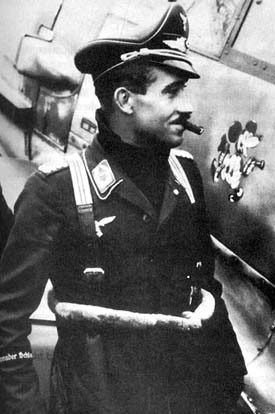 After 12 days at sea, Galland’s ship put in at El Ferrol, Spain. He traveled by rail to Vittoria in the province of Castilla y Leon. Here he met up with his unit, 3./J88.
After 12 days at sea, Galland’s ship put in at El Ferrol, Spain. He traveled by rail to Vittoria in the province of Castilla y Leon. Here he met up with his unit, 3./J88.
To his chagrin, Galland was assigned to administration. He spent weeks supervising the arrival of the Legion’s allotment of aircraft, repair shops, motor transport, and spare parts. He performed his work with professional competence and thoroughness, if not enthusiasm. His duties saw him outfitting and supporting other pilots to fly, when flying was exactly what he was yearning to do. Despite this hunger for battle, an accident of timing was to cause history to look a bit more favorably upon Adolf Galland; he arrived in Spain just after, and thus had no part in, the infamous terror bombing of the town of Guernica.
Galland at last saw action on July 24, 1937, near Brunete. Flying ground support in an He51, Galland expended his entire bomb load on the AA positions that were harassing his Gruppe, then began buzzing Republican infantry positions entirely unarmed. Such bravery does not go unnoticed or unrewarded, and just three days later Galland was given command of the entire Staffel.
Galland served the Condor Legion for nearly a year. Before he was replaced by Werner Moelders, he dramatically influenced the tactics and operations of the entire Luftwaffe ground-attack apparatus. A quick and intuitive study of air operations, he learned something from every flight. He grilled his pilots unmercifully, gleaning every detail of every sortie, using this information to improve his Staffel nearly every day. He even invented a new weapon; coupling a 170-liter Heinkel belly tank with two 10kg (22 pound) bombs, to be dropped on infantry positions.
Most important, it was in Spain that Galland first flew the aircraft that was to secure his place in history. Knowing that the Air Ministry was beginning to equip the Condor Legion with Willi Messerschmitt’s groundbreaking Bf109, Galland delayed his departure for as long as possible, hoping to see 3.Staffel outfitted with this vaunted warplane. The resupply did not come quickly enough, though, and at last Galland’s good friend Moelders nearly had to evict him from Spain. But before he left Galland managed 10 flights in an advance Bf109 sent to the Staffel for training. It did not take long in the cockpit of this outstanding fighter for Galland to realize that this was the plane he wanted to fly.
A Hero’s Doubts
It was a very different Germany that Adolf Galland returned to in August of 1938. It had been less than a year and a half since he had left for Spain. That notwithstanding, Galland had long haunted the insular world of the Luftwaffe pilot corps; he was simply out of touch with the plight of his nation. He had been aware, of course, of the regimentation and mobilization that the National Socialists had wrought. But it was upon returning from Spain that he at last saw for himself the costs of Germany’s return to greatness. It was with sadness he noted the erosion of personal freedom, of unguarded dialogue, even. It was at this point, before his inauspicious first acquaintance with Hitler and Goering, that Adolf Galland began to doubt.
There was, though, little time for doubt. Lieutenant Galland was immediately thrust into the world of the staff officer, preparing Reichluftsfarhtministerium (RLM or State Ministry of viation) briefs on the subject of close-air support. Galland, predictably, hated it. Again he managed to quell discomfiture, and excel. His treatises favoring multigun configurations influenced policy at the highest levels of the Air Ministry. His arguments against using ground-support aircraft as just an adjunct to artillery were new and controversial.
In early 1938 the RLM began work on plans for an invasion of Czechoslovakia, which Goering frankly told them was scheduled for October 1. Galland’s work was frenzied; he was almost single-handedly organizing and preparing the close-air-support operations. In a matter of months he had staffed and supplied two complete Schachtgeschwader, leaning heavily on the trusty Hs123. In so doing, he found that current flight training was not to his liking, so he also took on for himself the advanced training of his pilots.
Unimpressed by Hitler
By September, all was ready. The Luftwaffe’s order of battle was moved forward to jumping-off points in the east. Galland was appointed adjutant of 1.Gruppe. As Europe and the world watched, it seemed that Germany was once again about to go to war.
For Galland and others then, it was bittersweet that the Munich Conference of September 29-30, 1938, dashed the warlike designs of Adolf Hitler. German forces were to occupy the Sudetenland peacefully, thus robbing the cocked and ready Reichswehr of their glory.
But there was to be a scant year of peace. Hitler cast his eyes farther east, and within months Galland and the RLM were at work on “Map Study 1939,” a thinly disguised plan for the invasion of Poland. It was around this time that Adolf Galland first met his Fuhrer, and was quite unimpressed. With the Spanish Civil War finally over, a contingent of Condor Legion veterans was admitted to the new Reichskanzlei, to be feted by the Leader. Although awed by Speer’s ambitious architecture, Galland found Hitler to be boorishly unassuming and devoid of any but the most vacuous small talk. He was also mightily annoyed at the injunction against smoking in the presence of Hitler. His opinion of the Reichschancellor was never to improve much, and he was never able to understand how such a simple little man could inspire such unthinking loyalty.
When Europe exploded into war on the first of September 1939, Oberleutnant Galland was given command of 4.Staffel, and from the dawn of the first day was flying in support of von Reichenau’s 10th Army.
Blitzkrieg! 10 Battles a Day
History shows the rapid success of the German blitzkrieg. In mere weeks Reich forces had surrounded and were reducing the Warsaw redoubt. By the time of the surrender, Galland and the other Hs123 pilots were logging up to 10 sorties per day, landing only to refuel and restock their ammunition. Galland noted with some satisfaction that his petrol bomb innovation from the Spanish Civil War had gained widespread acceptance as a formidable anti-personnel weapon. This was meager consolation though, when it became clear that his expertise was to keep him in ground-attack aircraft forever.
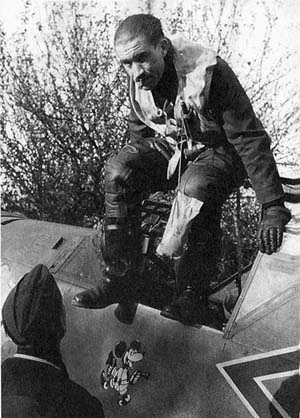 It was during the “Sitzkrieg,” or “phony war,” phase of the conflict that a fortuitous illness was to transform Galland’s career. An increasingly painful back condition was eventually diagnosed as rheumatism. Galland was at first fearful, wondering if he was about to be grounded. But the man who had already pulled the wool over the flight surgeon’s eyes once, did so again. He managed to convince his doctor that there was absolutely no reason he couldn’t keep flying, provided he was sheltered from the elements in a closed cockpit. The Hs123, of course, had an open cockpit. Indeed, there was only one single-seat aircraft in the Luftwaffe inventory at the time that boasted a closed cockpit. It was the Bf109. Thus Adolf Galland became a fighter pilot.
It was during the “Sitzkrieg,” or “phony war,” phase of the conflict that a fortuitous illness was to transform Galland’s career. An increasingly painful back condition was eventually diagnosed as rheumatism. Galland was at first fearful, wondering if he was about to be grounded. But the man who had already pulled the wool over the flight surgeon’s eyes once, did so again. He managed to convince his doctor that there was absolutely no reason he couldn’t keep flying, provided he was sheltered from the elements in a closed cockpit. The Hs123, of course, had an open cockpit. Indeed, there was only one single-seat aircraft in the Luftwaffe inventory at the time that boasted a closed cockpit. It was the Bf109. Thus Adolf Galland became a fighter pilot.
Concurrent with Hitler’s offensive in the west, code-named “Case Yellow,” Galland was reassigned to Jagdgeschwader, or fighter wing, number 27, as operations officer. His work at JG27 was hurried and vital, preparing both the three Gruppen and himself for the battle to follow. He was grimly conscious of his own lack of experience in the 109, and stole as much time as he could to practice tactics and techniques.
Not Content to Remain Grounded, Galland Joins the Fight
The offensive in the West opened May 9, 1940, with Erich von Manstein’s brilliant Ardennes maneuver. JG27, still understrength, was tasked to support Genobst Fedor von Bock’s Army Group B, which was operating in the north, near Belgium. Galland, at last posted to a fighter unit, was distressed to learn that he was still not to fly in combat. His duties as operations officer meant a full schedule of posting pilots’ rosters, processing supply requests, and facilitating communications between the Staffe, Gruppe, and Geschwader levels.
The fast-moving offensive, however, meant that Galland would not be grounded for long. Within days, the scope of the Luftwaffe’s responsibilities called for all pilots, especially those with combat experience, to take to the skies over France, Belgium, and Holland. It was on his first operational sortie, on May 12 with Gustav Rodel flying as his wingman, that Galland scored his first air-to-air victory. They were flying north of Aachen, at 12,000 feet, when Galland spotted a flight of eight Hawker Hurricanes cruising at nine thousand feet and just over the border in Belgium. The pilots of the Hurricanes were not even aware of the Germans’ presence as Galland and Rodel tipped over and dove upon them. Galland wrote later that he was somewhat disappointed, depressed even, that the British fighters were never able to defend themselves. Galland shot up one Hurricane, which spun away, directly into Rodel’s fire. Disregarding the danger of collision, Galland turned inside the damaged Hurricane’s radius, and fired a long burst that tore away the rudder. The RAF fighter spun into the ground.
The Unbeatable Fighting Ace
By now, the numerically superior Royal Air Force flight was scattered and fleeing. Galland chose another victim, and closed in. He gave it a quick burst, but it dove away, through the clouds. Galland followed. The British pilot was good, leading Hauptmann Galland through a series of maneuvers that failed to shake him loose. Galland got in a couple of bursts, further damaging the Hurricane. It tried to pull up and away, but stalled and plunged to the earth. Galland and Rodel returned to base, to receive the congratulations of their fellows.
Two victories, but not enough for Adolf Galland. Before the day was out, he was back up, this time over Tirlemont. Now Galland was leading a patrol, and they happened upon five Hurricanes. He dove on the flank of one, firing into the fuselage. It turned over and dove to the ground. A third victory.
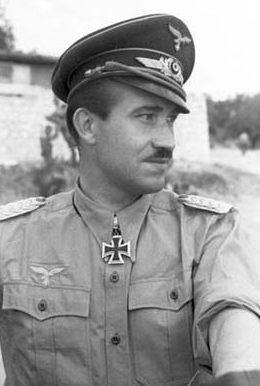 Most air-combat experts agree that the first taste of battle is what makes or breaks a fighter pilot. Confidence gained in the first engagements, coupled with skill, aggressiveness, and faith in one’s machine, are what separates the aces from the rest of the sky jockeys. It can be argued, then, that the future of the man who was to become General of Fighters was written in the skies of Western Europe in early May 1940. Adolf Galland already had the hunter’s temperament, and the utmost faith in the superiority of the Bf109.
Most air-combat experts agree that the first taste of battle is what makes or breaks a fighter pilot. Confidence gained in the first engagements, coupled with skill, aggressiveness, and faith in one’s machine, are what separates the aces from the rest of the sky jockeys. It can be argued, then, that the future of the man who was to become General of Fighters was written in the skies of Western Europe in early May 1940. Adolf Galland already had the hunter’s temperament, and the utmost faith in the superiority of the Bf109.
Thus upon making his first kill, the sky was quite literally the limit. Within a week, he was an ace. He scored three more a day later, which won him the Iron Cross First Class. His course through the remainder of the war requires another telling. Suffice it to say here that he eventually shot down 104 airplanes. His skill and panache carried him up through the ranks and into various commands. He was reluctant to leave the cockpit for a staff position, but accepted the mantle of General of Fighters in 1942, when his friend and predecessor Werner Moelders was killed. He clashed repeatedly with Hitler and Goering, especially over the utilization of the Me262 jet fighter, until his demotion in December of 1944. The demotion was welcome, however, because it led to his command of JV44, the first operation jet fighter squadron.
A Noble Warrior’s Peaceful End
Through it all, Galland earned the respect of most of his RAF and USAAF counterparts. It was widely known that he went to great lengths to discourage his pilots from firing upon parachuting enemies. This perhaps earned him lenient treatment upon the surrender of JV44 in May 1945. He was interned for a year and a half after the war, but he was mostly held in chateaux for almost friendly interrogations. In 1947 he was freed, and traveled to Argentina to build an air force for Juan Peron. By the 1950s he had penned his memoirs and was traveling the world as a private aerospace consultant. For the remainder of his life he was a favored speaker at fighter reunions and airpower symposiums throughout Europe and the Americas.
For a fighter pilot with health problems, Galland lived an especially long life. He died of heart failure at his home in Oberwinter, Germany, on February 9, 1996. His funeral was attended by some of the most recognizable luminaries of the world of military aviation.
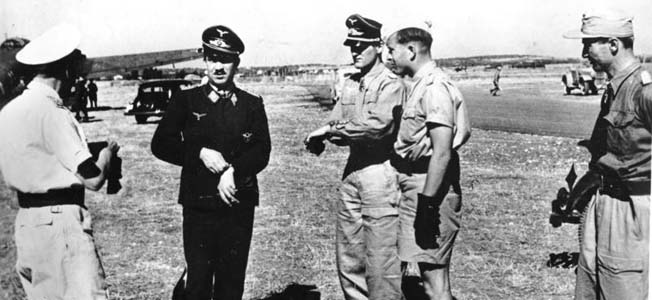

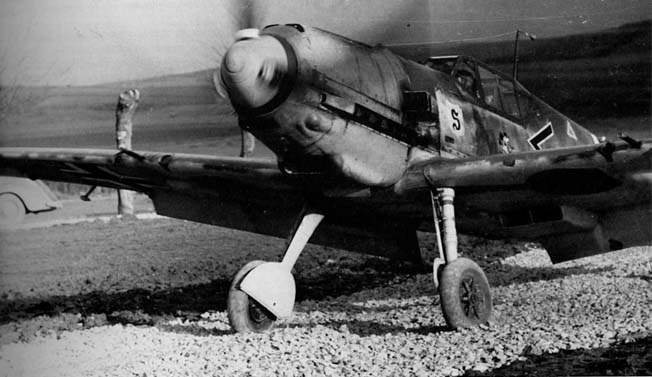
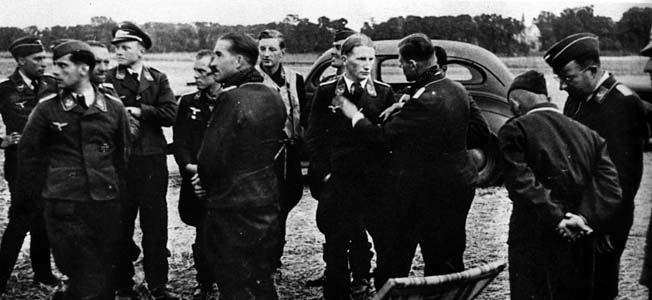
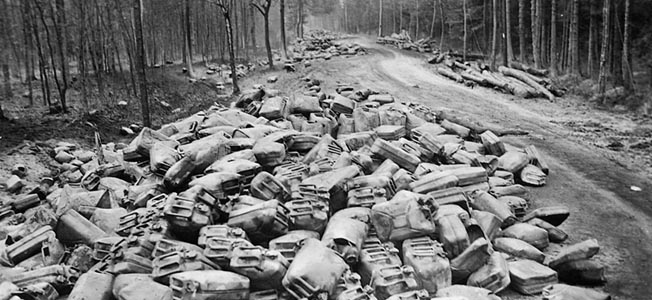
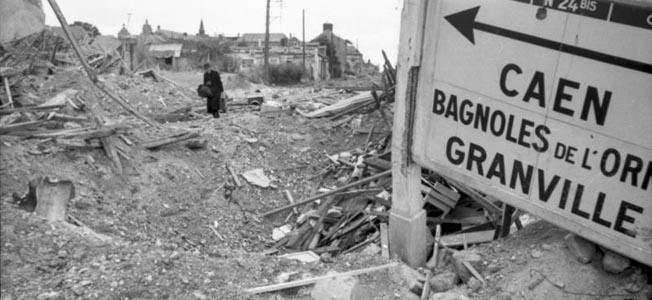
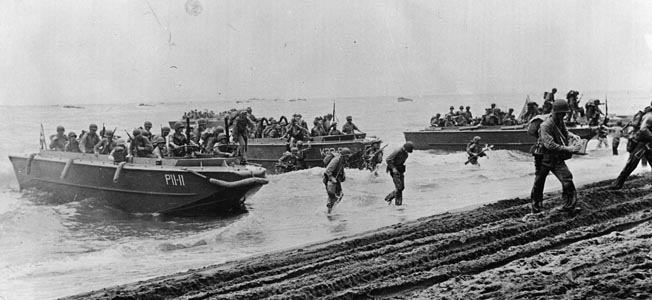
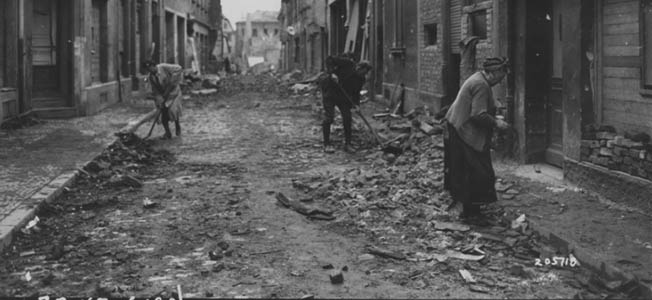
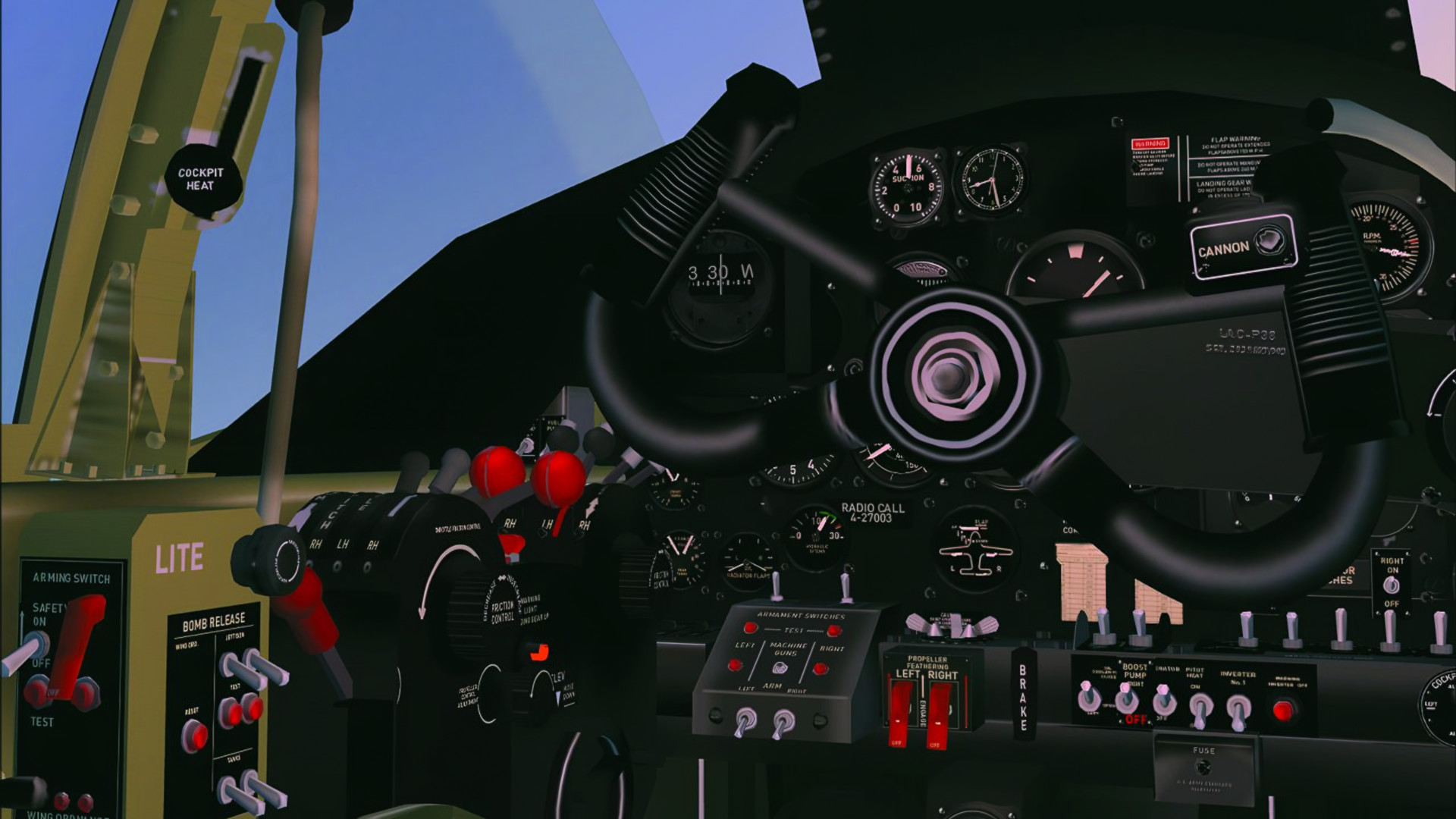
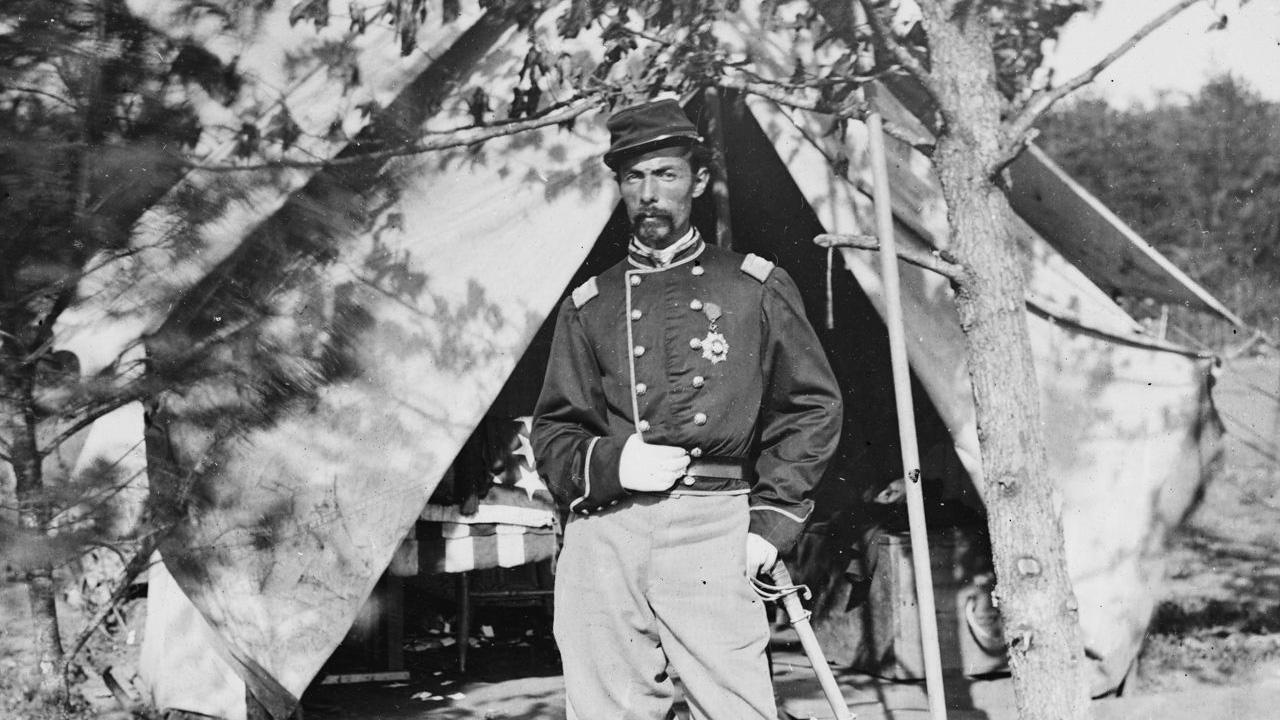
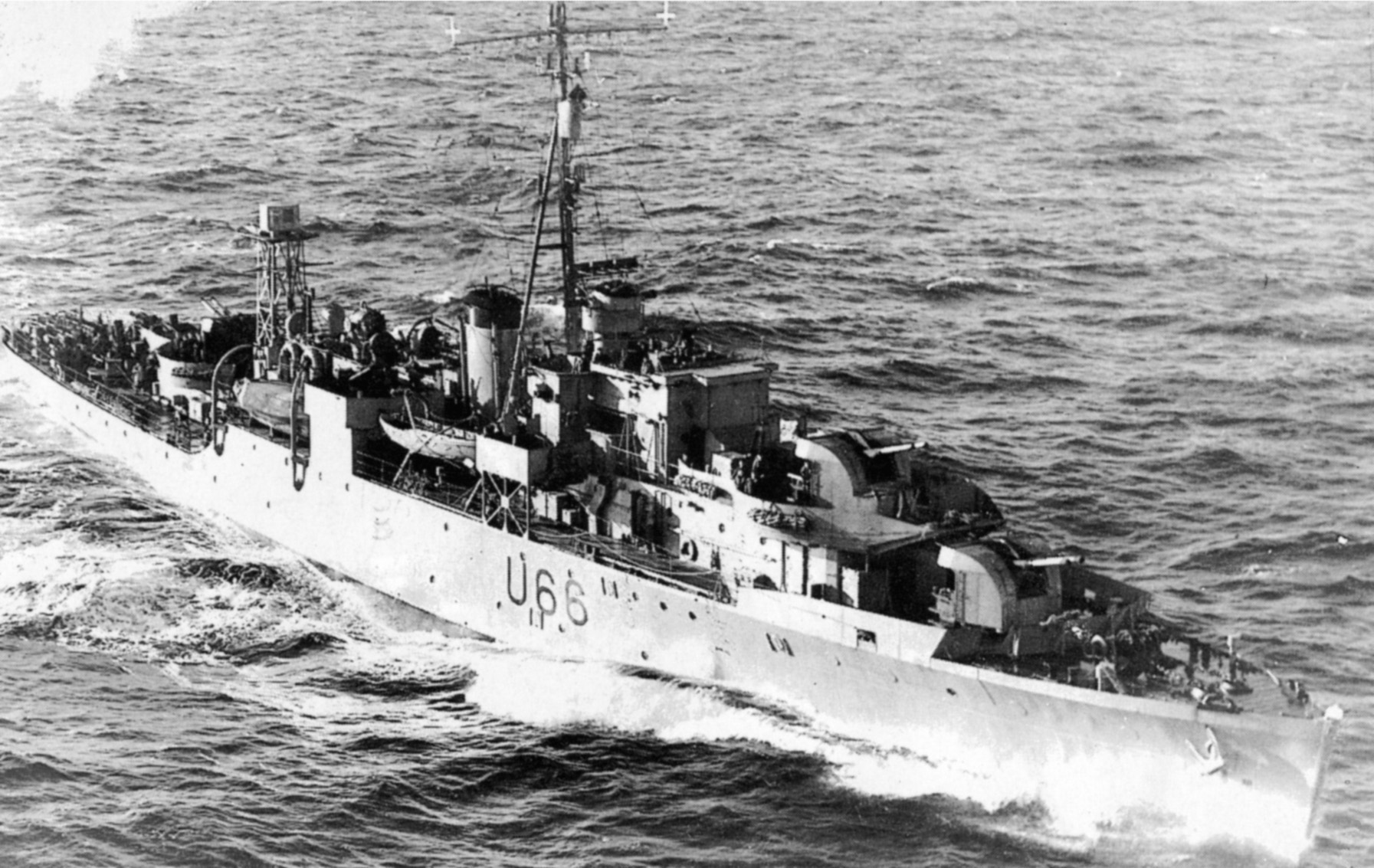
As a result of the relationships he built up after the war with retired American and British fighter pilots Galland was invited to act as a consultant on the 1969 big budget action film ‘Battle Of Britain’. He agreed on the condition that the film would provide a balanced perspective of those events. While the film was marketed as giving both sides of the story, in reality it did not. When Galland realized what was happening he resigned from his role and had nothing more to do with the film’s production and distribution.